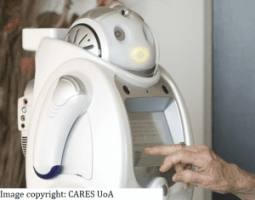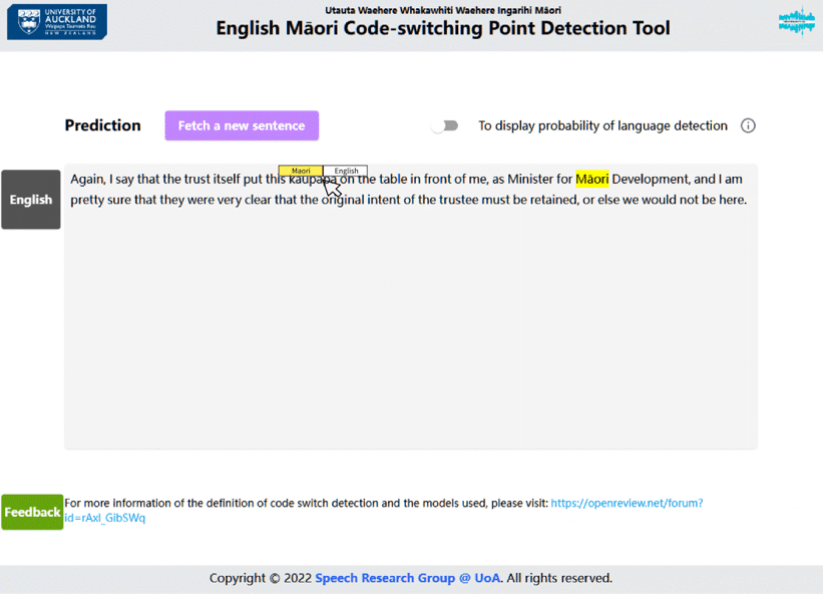Speech Research @ UoA Projects
We are part of a number of cool projects. Read below to learn about them …
Our projects
Artificial speech synthesis
New Zealand English TTS
We have developed synthetic voices in New Zealand using HMM-based parametric speech synthesis and DNN-based parametric speech synthesis. We have also developed resources like dictionaries, Letter to Sound rules, allophones list and perception tests.
Te reo Māori TTS
We have developed resources like te reo Māori speech corpus, dictionary, allophones list, letter to sound rules for TTS development. We have also developed HMM-based voices in te reo Māori. Curreently, we are developing DNN-based voices aa well.

Voices for robots
We have created to be used for social robots. These have been used for running field trials in healthcare environments. These projects have been done in collaboration with Centre for Automation and Robotic Engineering Science (CARES) UoA.
Emotions in speech
Emotional speech corpus
We have developed an open-source emotional speech corpus containing both primary and secondary emotions. The emotions in the corpus are 5 primary emotions – angry, happy, neutral, sad, excited and 5 secondary emotions – anxious, apologetic, enthusiastic, confident, worried.

Emotional speech synthesis
We have developed synthetic emotional speech by modelling the prosody features – fundamental frequency contour, intensity and speech rate. Perception tests were conducted to evaluate the synthetic voice.

Emotional speech recognition
We have created machine learning – based classification models for primary emotions and secondary emotions. Work is going on to develop models to oredict the valence andarousal levels of emotional speech.
Te reo Māori Pronunciation
MPAI
We have developed an open-source emotional speech corpus containing both primary and secondary emotions. The emotions in the corpus are 5 primary emotions – angry, happy, neutral, sad, excited and 5 secondary emotions – anxious, apologetic, enthusiastic, confident, worried.

Māori /r/ Pronunciation
This project aims to better understand the acoustics and production of the /r/ sound in Māori.

Emotional speech recognition
We are trying to understand what emotions are expressed and how they are expressed in te reo Māori. This will lead to technology development in this space.
Language Technology Development
Māori-English Code-switching detection
We develop an automatic code-switching detection system for Māori-English

Pepeha Project






